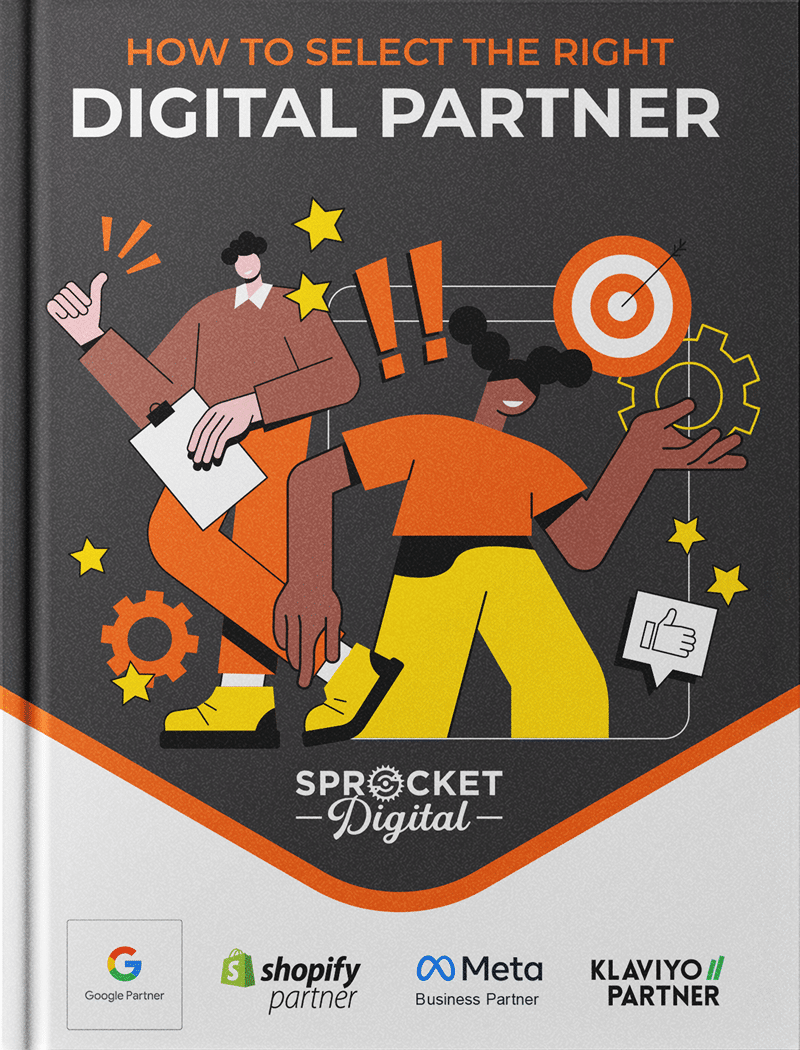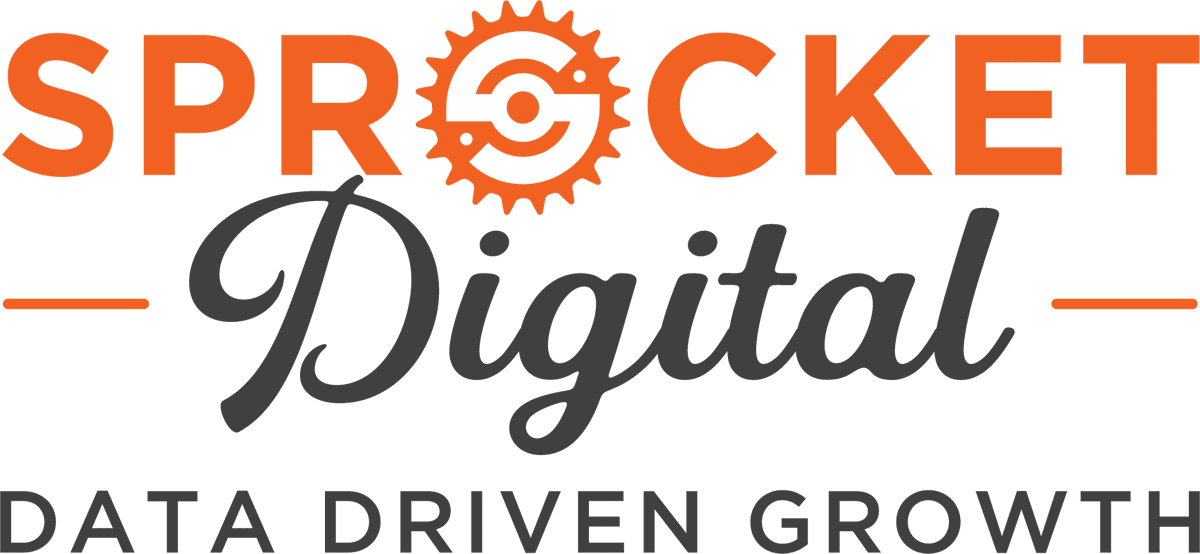Google Ads vs Facebook Ads: Which One’s Right for Your Business?
Every business wants more leads, more sales, and more eyes on their brand. But throwing cash at digital ads without a strategy? That’s just covering Google and Facebook’s next holiday party instead of driving real results.
The challenge isn’t whether these platforms work—because they do—but how differently they operate. One puts you in front of people actively searching for what you offer, while the other slips your brand into their feed before they even realise they need you. Of course, It’s not just about choosing one—it’s about knowing when to use each and making every dollar count.
So, before you start boosting posts or bidding on keywords, let’s talk about what actually works.
Google Ads 101
Think of Google Ads as a shop assistant who appears exactly when you’re looking for something. When someone types “best running shoes for bad knees” into Google, they don’t want to read a blog post about the history of running shoes—they want to buy a pair, preferably before their knees give out. Google Ads puts businesses in front of customers at the exact moment they’re ready to act, making it one of the most effective ways to drive immediate sales and leads
How It Works
Google Ads runs on a pay-per-click (PPC) auction system, meaning you bid for the chance to appear in front of your ideal customers. But it’s not just about outspending the competition—Google plays favourites.
Here’s what determines who wins the ad space:
- Keywords & Bidding Strategy: Businesses bid on keywords relevant to their products or services, but simply offering more money doesn’t guarantee placement. Google factors in ad relevance, user intent, and competition.
- Quality Score: Google assigns a Quality Score based on your ad’s relevance, expected click-through rate (CTR), and landing page experience. A high score means you can actually pay less per click while ranking higher than someone with a bigger budget but a weaker ad.
- Ad Rank: This is the final calculation that determines if and where your ad appears. Ad Rank is a mix of your bid amount, Quality Score, expected impact of ad extensions (extra links, phone numbers, etc.), and search intent.
Match Types & Intent Targeting – You can target keywords in different ways:
- Exact Match (super specific, highest intent, exactly what a user searches: [buy Nike Pegasus 40])
- Phrase Match (a bit broader and can still match for synonyms: “best running shoes for knee pain”)
- Broad Match (widest reach, very loose relevance to what a user is searching: ‘running shoes’ – but expect some irrelevant clicks)
The beauty of Google Ads? You’re reaching people who are actively looking for what you offer. No guesswork, no interruption—just the right message at the right time.
Which Businesses Opt for Google Ads?
Google Ads are a popular choice for:
- Businesses that solve urgent problems (leaky pipes, tax accountants, “where to buy last-minute Valentine’s gifts”)
- Companies with products or services people actively search for
- Those who want results now, not after months of “brand nurturing”
- Companies with high-ticket items (If you’re selling something pricey, even a few well-placed clicks can bring in major ROI.)
Facebook Ads 101
If Google Ads is the helpful shop assistant, Facebook Ads is the charismatic salesperson who makes you want something you never knew you needed.
Ever scrolled through Facebook and seen an ad for a gadget so clever you had to click? That’s Facebook Ads working its magic. It’s not waiting for you to search—it’s tapping into your interests, behaviours, and deepest desires (the ones you didn’t even know you had).
How It Works
Unlike Google Ads, which relies on search intent, Facebook Ads runs on a cost-per-thousand-impressions (CPM) model. In simple terms, advertisers pay for every 1,000 times their ad is displayed, whether people click on it or not.
This means Facebook Ads are all about visibility and brand recall—the more people see your ad, the more likely they are to remember (and eventually buy).
But it’s not just about reaching anyone, it’s about reaching the right people. Facebook collects an insane amount of user data, allowing advertisers to target with laser precision. You can refine your audience based on:
- Demographics – Age, gender, job title, location, relationship status, etc.
- Interests & Behaviours – What they engage with, what they’ve purchased before, even what content they linger on.
- Lookalike Audiences – Facebook finds new potential customers by matching the behaviours of your best existing ones.
- Retargeting – Show ads to people who’ve interacted with your website or social media but haven’t converted yet.
Which Businesses Opt for Facebook Ads?
Facebook Ads are a popular choice for:
- Brands with visually appealing products (nobody impulse-buys an accountant, but they will buy some cool shoes they don’t need)
- Businesses that need to build awareness first (people won’t search for you if they don’t know you exist)
- E-commerce, B2C brands, and lifestyle products (if it looks good in a video, it sells on Facebook)
- Brands with Hyperspecific Audiences (Want to sell dog grooming kits to Pomeranian owners in Wellington? Facebook’s got you.)
Key Differences Between Google Ads and Facebook Ads
Both platforms dominate digital advertising, but their approaches couldn’t be more different. Google Ads captures existing demand, while Facebook Ads creates it. Understanding these fundamental differences is key to choosing the right platform for your business.
Intent: Active Search vs. Passive Discovery
Google Ads operates on search intent—people are actively looking for a solution. If someone searches “best accounting software for small businesses,” they’re likely ready to buy. Your ad simply puts the right option in front of them.
Facebook Ads, on the other hand, disrupts the user’s experience. People aren’t actively searching for accounting software while scrolling through their feed, but if an ad appears highlighting an easy-to-use, affordable option, it plants the idea in their mind.
This difference in intent means Google Ads typically delivers faster conversions, while Facebook Ads excels at building brand awareness and generating interest over time.
Targeting: Keywords vs. Audience Profiles
Google Ads targets users based on keywords. Advertisers bid on search terms relevant to their business, ensuring their ads appear when users type in those specific phrases. This method is effective for reaching people in immediate need of a product or service.
Facebook Ads, however, targets users based on who they are—their demographics, interests, behaviours, and online activity. It allows businesses to reach highly specific audiences, such as “New Zealand business owners aged 30-50 who are interested in financial planning.”
For businesses selling niche or visually driven products, Facebook’s targeting capabilities can be incredibly powerful.
Placement and Competition
Google Ads placements depend on auction-based rankings, meaning ad position isn’t guaranteed—you could pay for a high-ranking spot one day and drop in visibility the next if a competitor outbids you. Google’s real estate is also more limited—search results only show a handful of ads per page, meaning competition is fierce.
In contrast, Facebook Ads are natively integrated into feeds, Stories, and the Meta Audience Network. This means ads appear naturally as users scroll, giving businesses more opportunities to be seen without direct competition on the same screen. While Google limits visibility to top-ranking ads, Facebook ensures continuous brand exposure through repeated impressions.
This ultimately comes down to how aggressively you want to compete. If you’re prepared to outbid and outmanoeuvre competitors for high-intent traffic, Google takes the lead. If you prefer a more consistent presence without getting dragged into an auction battle, Facebook wins this round.
The Benefit of Using both Facebook and Google Ads
At Sprocket, it’s rare that we’ll tell a client to go all in on just one platform. In most cases, the biggest wins come from a well-balanced mix of Google Ads and Facebook Ads—because let’s be honest, why bet on one horse when you can run two at the same time?
Capturing and Creating Demand
It’s important to remember that most people don’t convert on the first touchpoint. They might see your ad on Facebook, think that looks interesting, but then move on with their day. A week later, when they actually need what you’re selling, they Google it. If you’re only running Facebook Ads, you’ve lost them. If you’re only running Google Ads, you’re missing out on customers who would’ve never searched in the first place. Using both means you’re covered at every stage.
Retargeting and Multi-Touch Campaigns
Ever browsed a website and then suddenly seen ads for that exact product everywhere? That’s retargeting—and it works.
Scenario 1: A potential customer sees your Facebook Ad, clicks through to your site, but doesn’t buy. Later, they Google your product, and—thanks to your Google Ads—your business is right there, ready to close the sale.
Scenario 2: Someone Googles a product, clicks on a competitor’s site, but doesn’t convert. Later, they’re scrolling Facebook, and boom—your ad reminds them of a better option.
This isn’t just advertising—it’s staying front-of-mind until they’re ready to buy.
Maximising Budget Efficiency
Google Ads can get expensive, especially in competitive industries. Facebook Ads, on the other hand, lets you stretch your budget further by building awareness at a lower CPM. Running both means you’re not throwing your entire budget into costly search ads, nor are you relying solely on social media impressions.
The smartest businesses don’t choose between Google and Facebook—they use both strategically. One drives immediate action, the other nurtures future buyers. Get the balance right, and you’re not just running ads—you’re running circles around your competitors.
Stop Guessing, Start Growing
Google Ads and Facebook Ads are both powerful, but the right one for your business depends on what you’re actually trying to achieve. Need to capture high-intent buyers searching for your product or service? Google Ads is your best bet. Want to introduce your brand to new audiences and nurture future customers? Facebook Ads has you covered. And if you want full-funnel dominance, combining both is the smart move.
At Sprocket, we don’t waste budget on guesswork. We build data-driven, no-fluff ad strategies tailored to your goals—whether that’s fast conversions, long-term brand growth, or a well-balanced mix of both.
Ready for ads that actually work? Reach out, we’d love to talk.



